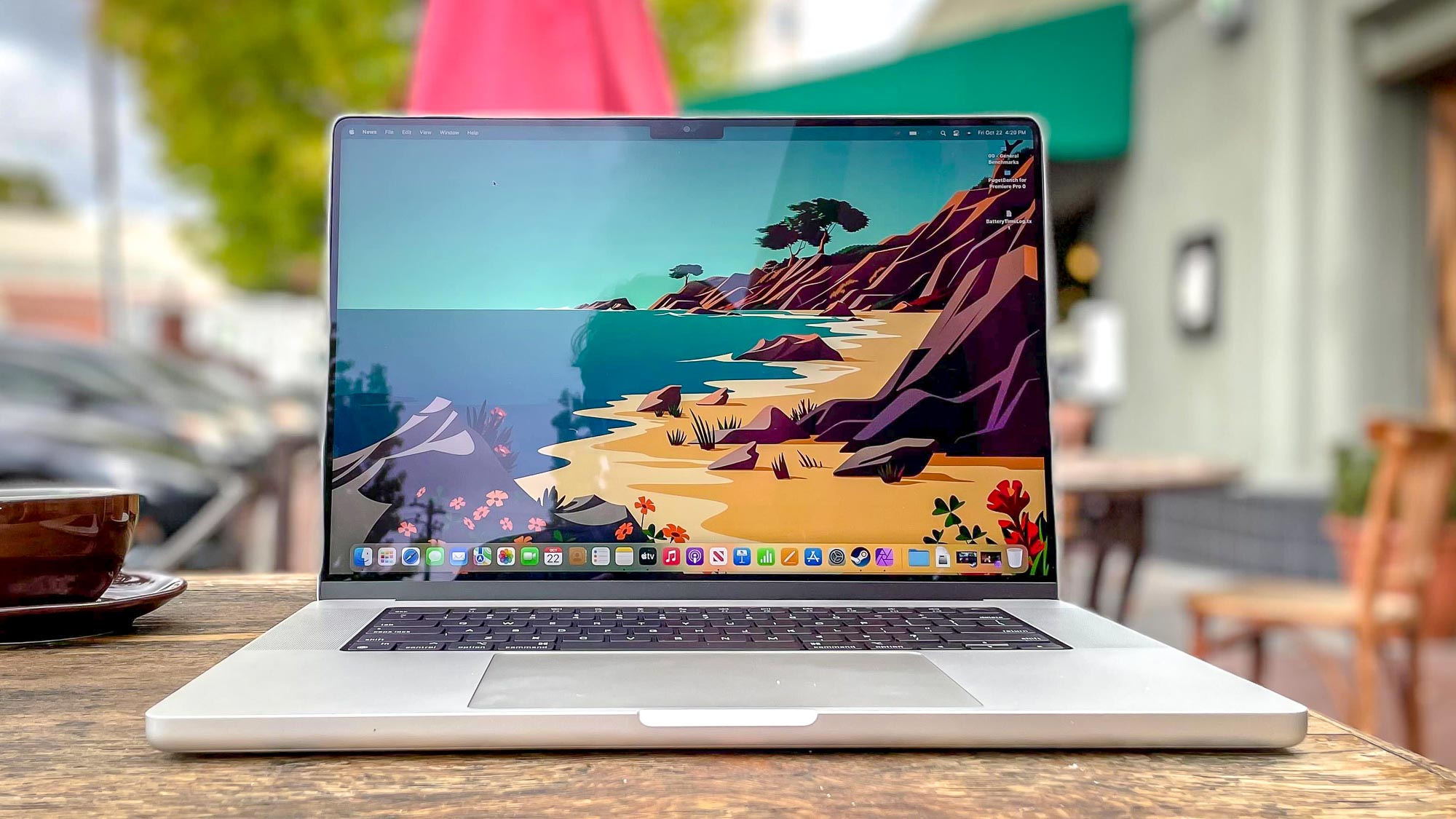All change for your Microsoft account As Microsoft confirms “it’s now time “to completely remove the password from your account,” millions of users are looking for guidance as to what to do next. The solution is simple. Now “ the password era is ending ,” all those users should act now.
Unsurprisingly, this is all about your security and the inherent weakness in using a password to access your account. A password can be intercepted, stolen or leaked. And adding as simple form of SMS-style two-factor authentication is all too easy to bypass as well.

The answer is to add a passkey to your account, and then to remove any form of simple password access. Because, as Microsoft says, "if a user has both a passkey and a password, and both grant access to an account, the account is still at risk for phishing.” First, what is a passkey? Who better to explain that the FIDO Alliance , the organization driving passkey adoption.
“A password is something that can be remembered and typed, and a passkey is a secret stored on one’s devices, unlocked by the user the same way they unlock their device (biometrics, PIN, pattern, etc.). Unlike passwords, passkeys are resistant to phishing, are always strong, and are designed so that there are no shared secrets.
Passkeys simplify account registration for apps and websites, are easy to use, work across all of a user’s devices, and even other devices within physical proximity.” Put even more simply, passkeys replace the combination of a password and 2FA code with authentication linked to your hardware device, which means if you don’t have the physical device under your control you can’t bypass the passkey. When it’s time to log in, your device authenticates you with the device’s unlock technology — most likely your biometrics, and so the account knows it’s you.
Microsoft describes passkeys as “the future of authentication...
They’re incredibly easy to use and intuitive, eliminating the need for complicated password creation processes and the hassle of remembering them. Plus, they’re unique to each website or application, so you don’t have to worry about someone using your passkey to access other services. And unlike passwords, passkeys are resistant to phishing attempts, making them a much more secure option.
Best of all, you can use your passkey across all your devices, so you never have to worry about forgetting your password again!” To set up a personal Microsoft passkey: "Sign in to your Microsoft account Advanced Security Options. Choose Add a new way to sign in or verify. Select Face, fingerprint, PIN, or security key.
Follow the instructions on your device." If it’s a school or work account, it’s slightly different: "Sign in to your own Security Info Choose Add sign-in method. Select Passkey or Passkey in Microsoft Authenticator.
Follow the instructions on your device." And then to use your passkey to sign in: "Choose Sign-in Options or Other Ways to Sign In. Choose Face, Fingerprint, PIN, or security key.
Select your passkey from the list available. Your device will open a security window where you can use your face, fingerprint, PIN, or security key." Microsoft takes tremendous credit for the simplicity of its passkey messaging, more than any other major platform provider it is pushing for the end of passwords with all those inherent security vulnerabilities.
As FIDO’s CEO Andrew Shikiar told me, “Microsoft is taking passwords out of play for over a billion user accounts, who can now instead leverage user-friendly, phishing-resistant passkeys.” Microsoft will now default to passkeys for new accounts, it is also “updating the Microsoft account sign in logic, so your passkey is the default sign in choice whenever possible, because passkeys are more secure and three times faster than passwords.” When using Windows , “you can use passkeys with any applications or websites that support them, to create and sign in with Windows Hello.
Once a passkey is created and stored with Windows Hello, you can use your device’s biometrics or PIN to sign in. Alternatively, you can use a companion device (phone or tablet) to sign in.” To create a passkey: "Open a website or app that supports passkeys.
Create a passkey following their instructions. Select a Windows Hello verification method and proceed with the verification, then select OK. The passkey is saved to your Windows device.
" And then to sign in: "Open a website or app that supports passkeys. Select Sign in with a passkey, or a similar option. If a passkey is stored locally and protected by Windows Hello, you’re prompted to use Windows Hello to sign in.
" Don’t wait until it’s too late — set up your passkeys now..
Technology

Microsoft Confirms Password Deletion For Windows Users—What You Do Now

Don't wait until it's to late — you must act now.














